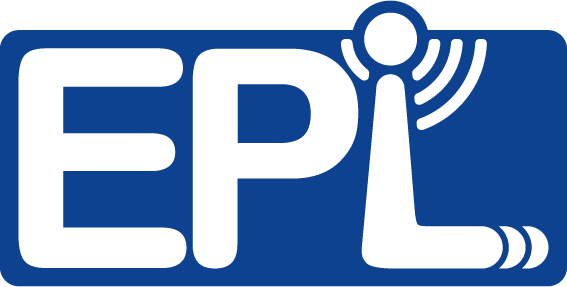Software Development Tools for Eco Platforms
This page is primarily about the EcoBT platform. For Eco and EcoSpire (i.e., based on Nordic nRF24E1, nRF24LE1, nRF24LU1) please refer to the previous Eco SDK.
For EcoBT, developers can use either the official compiler (IAR) or the open-source compiler (SDCC) with our compiler-binding layer (CBL).
1. IAR Option
The official development environment for the CC254x is IAR Embedded Workbench in conjunction with TI’s BLE stack. IAR comes with a 30-day free trial. It is a high-quality compiler that supports C and C++ as well as debugging over TI’s CC debugger. IAR is available for Windows.
The firmware consists of TI’s OS-like layer (OSAL), BLE stack, profiles, and application code. OSAL and the BLE stack are provided by TI, while some profiles and application code are to be written by the developer. The BLE stack is provided in binary form only. IAR is used to link in the BLE stack and to support code space beyond 64KB by code banking.
2. SDCC Option
We have enabled application-level programming of CC254x using the SDCC (Small Device C Compiler). SDCC would generate a code image that runs on top of our compiler binding layer (CBL), which takes care of translating calling conventions for both downcalls (from SDCC to IAR) and upcalls (callback from IAR to SDCC). SDCC is suitable for developers who want to write relatively simple applications that can fit within 30-KB code space and 270-byte static variables, as well as relatively simple profiles.
3. For more information
You should take a look at the following documents before you proceed.
3.1 Hardware Data Sheets
- CC2540/2541 CC2540 or CC2541: overview of chip capabilities
- User’s Guide (for CC253x/254x, for detailed SFR definitions.
- LIS331DLH triaxial accelerometer
- M41T62 real time clock
3.2 Firmware
- BLE Software Developer’s guide this is probably the most relevant from software point of view. It covers HAL, OSAL, and explains Simple BLE Peripheral example.
- BLE Stack from TI (click on “Get Software” red button under “Order Now”)
